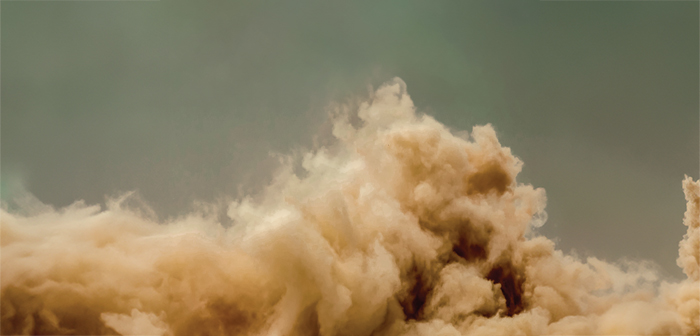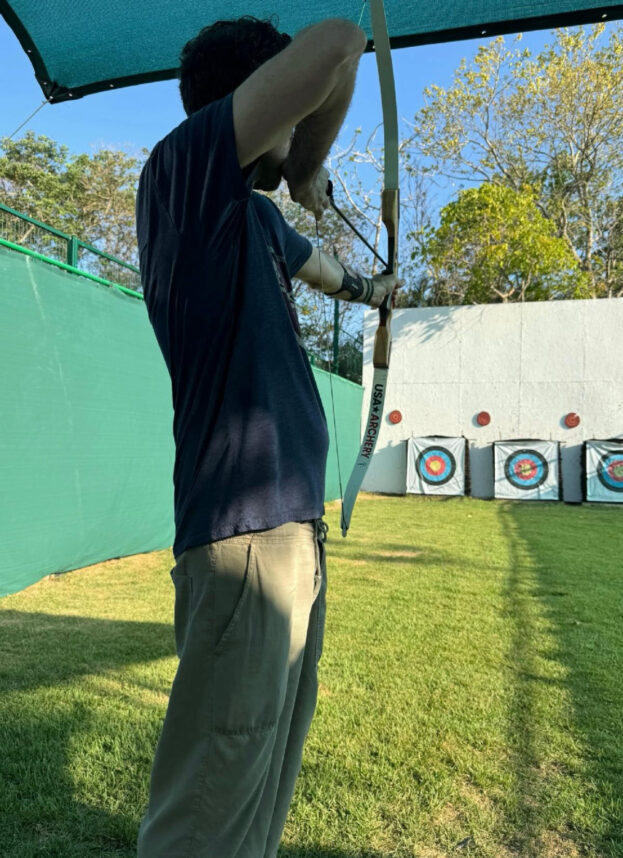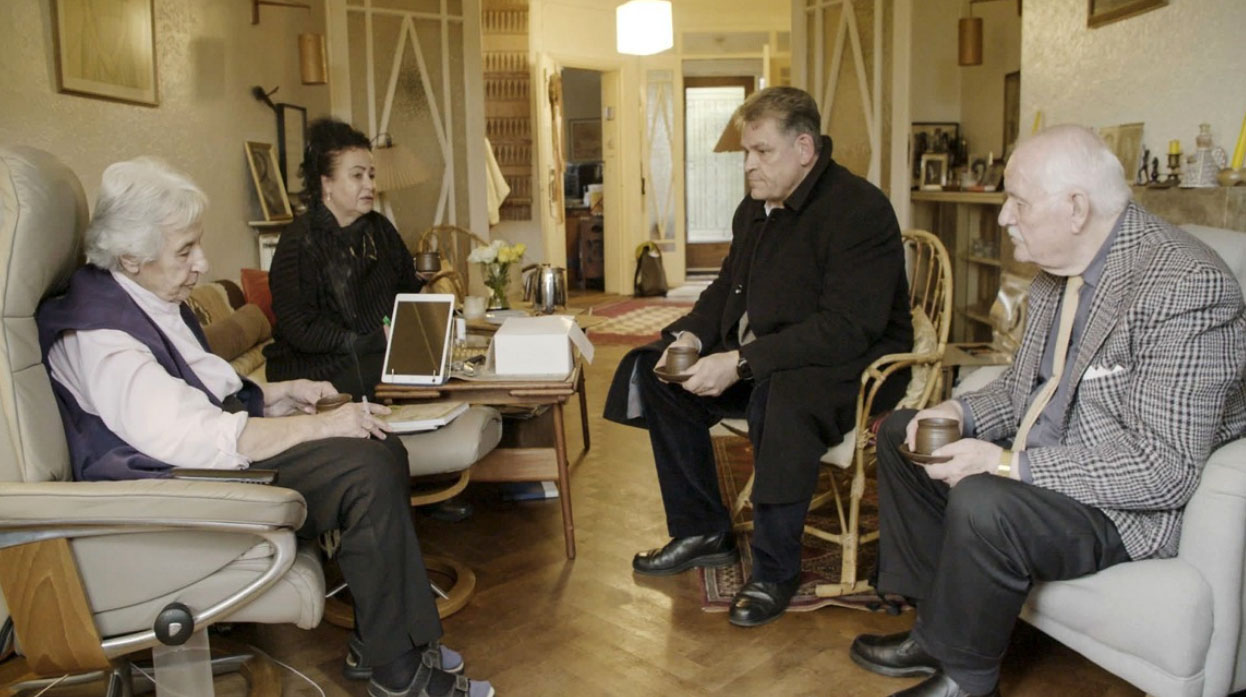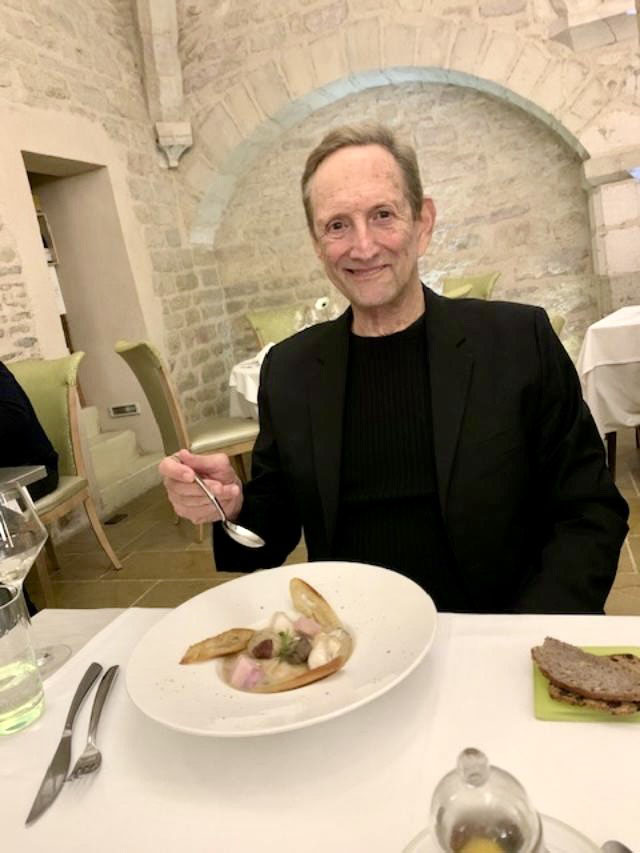The power of art as a personal restorative, a historical document and a weapon against overwhelming oppression is tellingly illustrated in Hilary Helstein’s upcoming documentary, “As Seen Through These Eyes,” scheduled to open in Los Angeles Oct. 23. The movie’s executive producers are Hollywood heavy-hitters Michael Jacobs, Jerry Offsay and Irv Weintraub.
“The film is about Holocaust artists and survivors who used artwork as a form of expression while in the ghettos and camps, and then in the postwar period as a reaction to their experience, as a way to cope with the lack of freedom under the worst possible circumstances,” Helstein explained. “I equate them to caged birds, and the film opens with Maya Angelou speaking her poem, ‘I Know Why the Caged Bird Sings.’ That’s what I felt these people were. Under the circumstances they needed to be able to express themselves, even in the face of death.”
Helstein blends news footage from the Nazi era, interviews with the survivors who created the art and an array of their works. The pictures she displays, many by youngsters, run the gamut from portraits of camp inmates to devastating scenes of brutality. One such scene, titled “Execution of a Jew,” is rendered in a pencil drawing by an 11-year-old named Josef Novak. It depicts a man wearing the requisite yellow star being hoisted onto a gallows as the noose is being tightened by another figure. All in all, some 300 images are represented.
The impetus for the film can be traced to the mid-1990s, when Helstein was working as an interviewer for the Survivors of the Shoah Visual History Foundation. A man showed her some paintings of life in a concentration camp by his late father. Helstein, who comes from a long line of artists, was so moved that she began a quest to find other artwork from the camps. In 1996, she filmed two L.A. exhibitions featuring such art and then launched a 10-year filmmaking odyssey on a shoestring budget that took her all over the United States and the rest of the world, including such places as Israel, Vienna and Prague.
Helstein shot more than 80 hours of film, which was reduced to 72 minutes in the final cut. As she was making the film, she felt her biggest challenge lay in finding the survivors before they passed away and it would be too late to record their stories. As it is, out of 11 artists who appear in the documentary, only five remain alive today.
During her research, Helstein uncovered some largely unknown information. When she learned that Simon Wiesenthal had been a trained artist before he became a Nazi hunter, she was determined to interview him about the pictures he drew as a concentration camp inmate.
“He was on the death block at Mauthausen where nobody lasted more than three days,” Helstein said. “It was near the end of the war, in 1945. They asked who could draw because they needed some drafts for a commandant. He said, ‘I can do it.’ They promised him more food, which enabled him to survive a little longer. He would do the drafts, and he asked for extra paper in case he needed to redo something. He did his work, but, secretly, he would lay in his bunk at night, and he would draw the images of what was happening in the camp.
“He was literally documenting his surroundings,” Helstein added, “and he said to me, ‘In case I died there would be a record. There would be something left of me.’ And he would hide the work in his straw bunk. When he was liberated, the first thing he did was to give his American liberators his artwork.”
One of Wiesenthal’s drawings is displayed several times in the film. It depicts a skull, with the initials “S.S.” off to the side, and skeleton arms, all in the shape of the entranceway to Auschwitz. The mouth of the skull is open, accepting the trains that arrive at the entrance, as the arms push the trains into the opening.
The documentary also explores the largely untold story of the Gypsies during the Holocaust. One of the artists Helstein interviewed was a Gypsy from Vienna named Karl Stojka, who served as Joseph Mengele’s personal errand boy at Auschwitz, and who, according to the filmmaker, found it unbearably painful to share his memories. In the film, as Stojka manages to describe the liquidation of 600,000 prisoners in the Gyspy section of Auschwitz, one of his most explosive paintings appears onscreen.
“It was done in the German expressionist style, which is ironic because that was one of the schools of painting that Hitler was out to destroy,” Helstein said. “That painting depicts a chimney against a dark blue-purple sky backdrop with big red flames erupting. It was his experience of seeing this day and night. It was his interpretation of what Auschwitz was, with the lights and the barbed wire, and the barracks all in front. What’s interesting is that, if you look at Karl Stojka’s barbed wire, it’s made of thousands of tiny, little swastikas as the barbs.”
Just as Stojka and other inmates strove to communicate their experiences through their paintings and drawings, Helstein said she wants her film to give audiences the sense that they know these artists.
“I want audiences to feel that from the very beginning of the film they got on a train with these people and didn’t get off until the end. As one of my artists said, ‘I went through the tunnel of death, and I came out the other side. What I’ve seen through these eyes, I made a promise to document and tell the world, so that it would never happen again.’ I want my audiences to feel that when they see this film.”
“As Seen Through These Eyes” opens Oct. 23 at Laemmle’s Music Hall 3 in Beverly Hills and Town Center 5 in Encino.






















 More news and opinions than at a Shabbat dinner, right in your inbox.
More news and opinions than at a Shabbat dinner, right in your inbox.